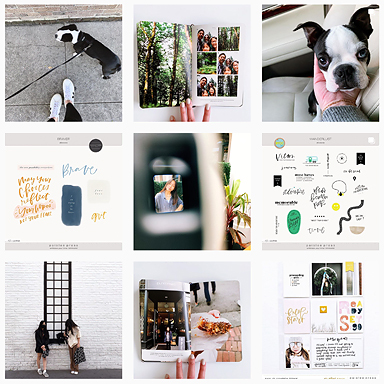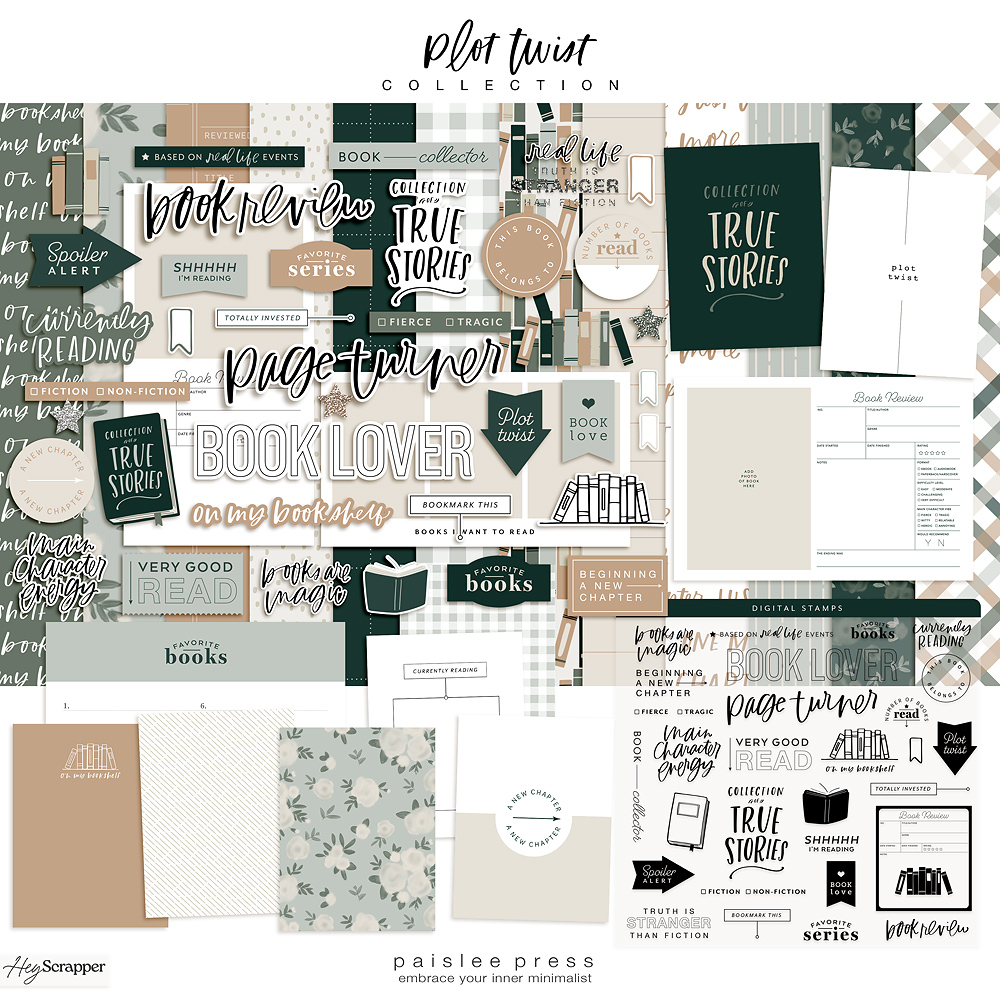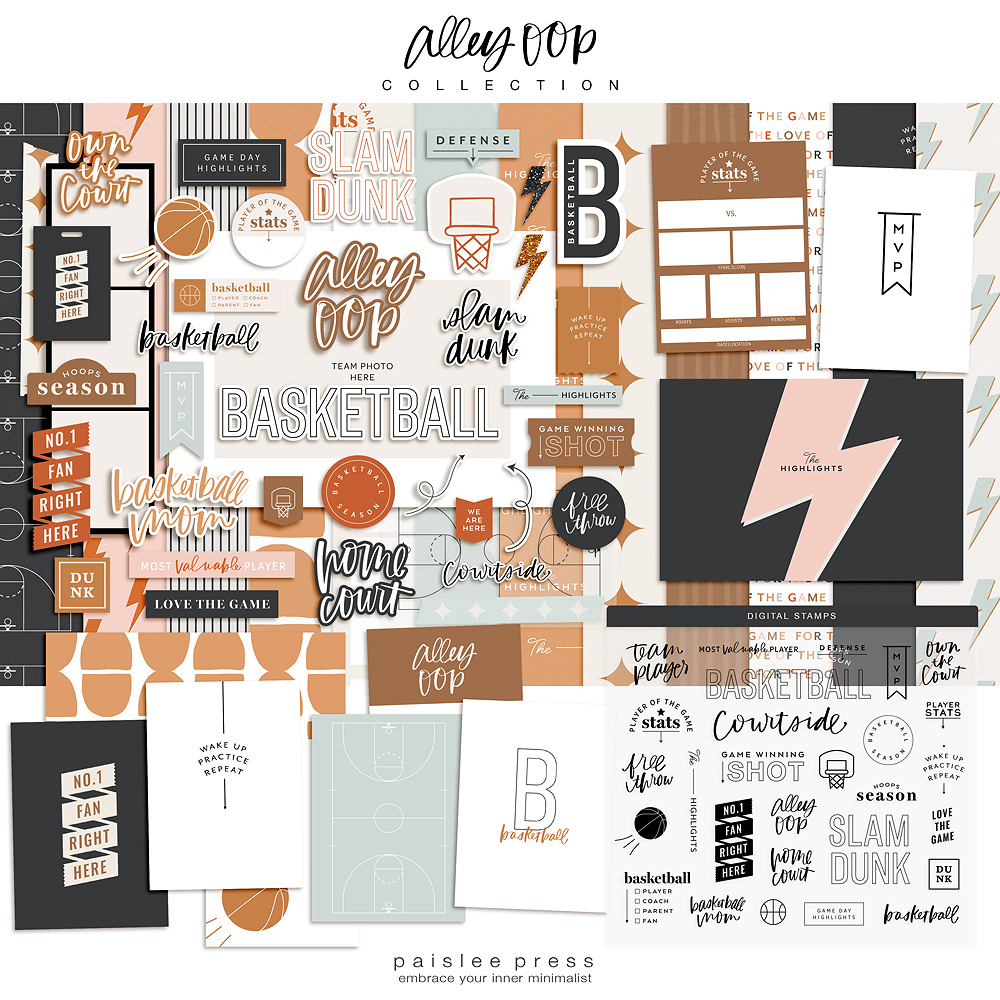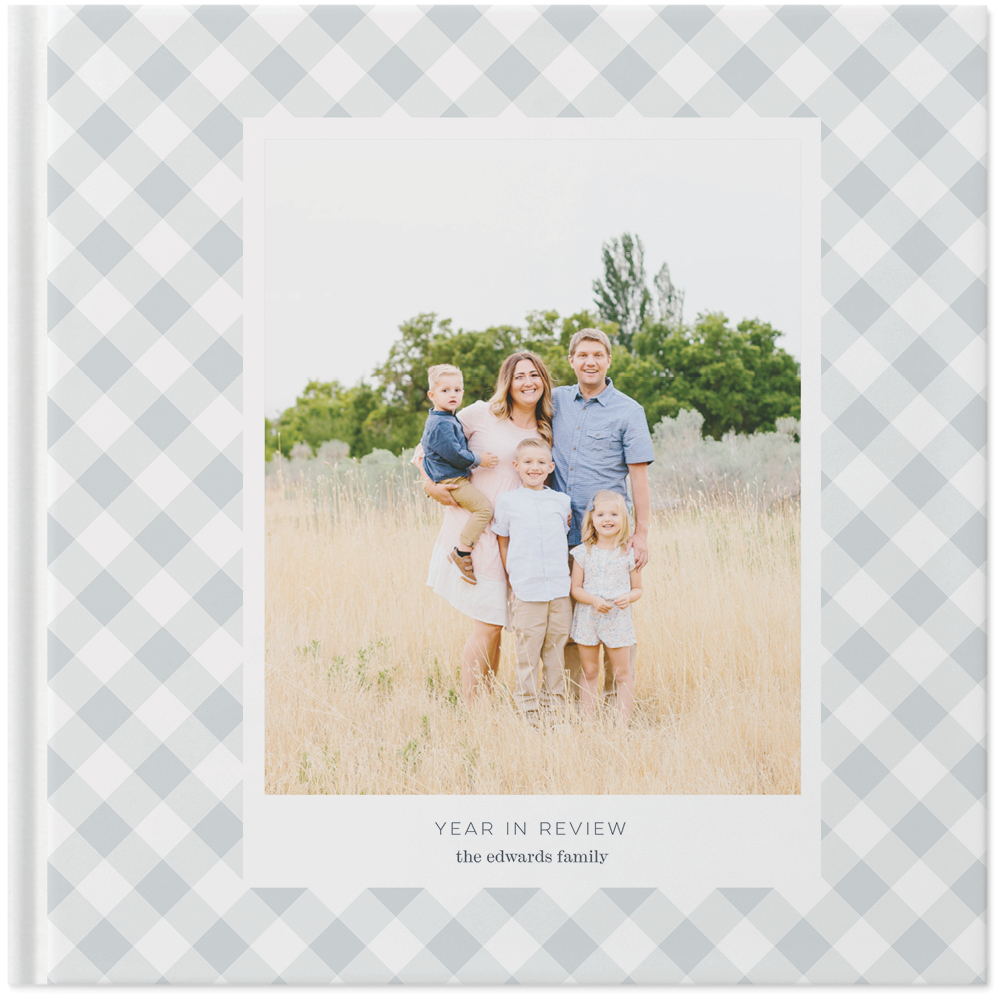Saturday morning light in our kitchen/dining room. This is where we spend the most time together.
The first photo I took yesterday, set on aperture priority (ISO 250, f/4.5) turned out blurry.
I switched to manual mode (ISO 1250, f/3.5, 1/40 SEC), bumped up the ISO but this one turned out too dark as well. I have no idea what I’m doing when I shoot in manual. When the photo is too dark I just bump up the ISO and/or lower the fstop. Can someone kindly tell me what the settings should have been?
Here’s the photo in lightroom, after adjusting exposure, brightness and temperature/tint (click to enlarge).
Here’s the final, plus a few more from yesterday morning.
What moments did you capture with your camera this week?
















Your camera settings depend quite a bit on what lens you are using. Do you know which one? Yes, you can achieve better exposure in a low light situation by increasing the ISO, which also increases digital noise. Also, it looks quite bright behind your girls, you could have achieved brighter exposure by turning the girls around and shooting from the other side where the light from the windows was on their faces instead of their backs. Does that make sense? But lowering the F-stop, or decreasing shutter speed can also help–unless the shutter speed gets too low in which case you then have a blurry photo like the first one. A good rule of thumb when hand-holding the camera is that your shutter speed shouldn’t be lower than the focal length of your lens. For instance, if using a 50mm lens, 1/50 should be the lowest shutter speed to avoid blur (unless one becomes a master at hand holding at slower speeds of course). If f/3.5 is your widest aperture, you might look into investing in a 50mm f/1.8 lens. They run about $100 for both Nikon and Canon and will completely change how you are able to capture your girls. I will say that you did a great job of correcting your exposure issue in lightroom though, so great job.
Thanks so much for these GREAT tips Marla. Especially the shutter speed and focal length one. Of all the settings, the shutter speed is the hardest for me to understand. Thank you! And yes, it makes perfect sense to shoot from the other side. I do that a lot, make them stand in a certain spot so the lighting is optimal. I much prefer having the light on their faces. Sometimes though, I just want to be able to capture them in the moment. If I stop to stage it then that moment has passed, know what I mean? I’d like to get to the point where I can get a decent shot even when the lighting conditions aren’t optimal.
I do have a 50mm f1/4 which I really love, the photos always come out great, but I’ve been using it less and less because I prefer the distance of the 24mm. I think partly it’s because I’ve gotten so used to taking photos with the iphone, when I pick up the 50mm, everything seems to close.
The lens I used that morning is a sigma 24mm f/1.8. I struggle with this lens so much. I love being able to go as low as 1.8 but I’ve found that the focus is just too soft. I’m sure it’s something that I’m not doing right in the settings.
Thanks again Marla. I really appreciate you taking the time to share your knowledge, and will definitely keep what you said in mind the next time I’m taking photos.
I definitely understand wanting to capture your kids in the moment. And yes, you’re right that if you try to change their position to catch better light that the moment can slip by. Since you have the 24mm f/1.8 lens, you should safely be able to use it indoors at f/2.2 or f/2.8 and still have all of their face in the plane of focus. I think you should safely be able to shoot in that range all of the time in your house. I even think f/2.0 would likely be safe, but you might master 2.8 first. I always think it’s better to choose the aperture first, then ISO, and then shutter speed. You could always use AP mode at 2.8 and if the images are blurry but you are confident in decreasing your shutter speed you could then move it to manual mode to override the shutter speed. Photoshop and lightroom are AMAZING tools, but if you can capture it more correct in camera you’ll be happier and achieve better results in the long run. That is my extended advice. =)
And thank you so very much Liz, for your lovely compliment. It means so much. =) I’m a huge fan of your brand and what you do, I’m always amazed at what you create and how effortless you make minimal and smart design look. So thank you.
Marla, your photos are absolutely BREATHTAKING btw. Your blog was an absolutely JOY to browse.
i agree on the 50mm. having a lens that has a lower aperture helps with shooting in low light a lot. i have some lessons that i downloaded from two peas in a bucket a long time ago & i always send them to friends that want to learn the basic without having to read a whole book. i can forward them to you if you would like!
That would be great, thanks so much Mindy!
Forget about the numbers, your artistic so with practice you will find the balance you need. Follow the “carrot” on the camera. Remember that it sees everything in grayscale and it is looking for 18% grey depending on how you meter. So in your example above you would move your carrot in the brightness because the camera is only making decisions based on that 18% grey and it is trying to level out the entire frame, but you know that you want the face brighter than that. So that is where knowing your camera, lens and lighting comes with practice. Well that was my effort to be more intuitive otherwise the numbers are as exciting as a mathematical equation. I suggest to learn the zone system it is a way to look a a scene and incorporate it with metering, the way levels work in photoshop. I hope this gives you a different way to think of it.
Oh yeah, if your are able to meter in a red channel that works good for faces.
Thank you for sharing your advice. I am very intrigued by this zone system you mentioned, it is definitely helping me realize that there are different ways of understanding/thinking about this. Thanks so much, I appreciate your input, very enlightening.
I saw that photo on your instagram feed and I thought wow, I wish I could take photos like that! Well now I know that I do, LOL! I’m so glad you asked for help so that I can learn more too! Thanks
Haha, I’m glad you know now. 🙂 Yay for learning together!
My advice: Just keep doing what you’re doing and let Lightroom fix it.
I can’t believe you shot at 1/40 and didn’t have a blurry image. If I go below 1/80 I can’t get anything sharp, on any lens. I have shaky hands, I guess.
i have shaky hands too, lol.
By any chance have you heard of Me Ra Koh? She’s a wonderful photographer who teaches photography workshops for women. If you are interested in growing your skill to take control of your camera, I heartily endorse her. Manual will become your friend 🙂
Thanks for the recommendation, I will look into those workshops!
Hello liz! I’m a strong believer in shooting in manual if you have a dslr. It gives you full control to use your camera to its potential. The general rule of thumb is to never shoot below 1/125 for your shutter speed unless 1 you have a steady hand 2. Your subject is moving very little. And 3. There is tons of light. For the most part I always pick the fstop first. Personally I like to shoot the widest aperture possible for a given situation. There is a general rule that the number of people in the picture should correspond with your aperture/fstop. (Two people 2.0… Three people 3.0… And so on)
From there I choose the shutter speed. If I can’t get the shutter to 1/125 or faster I decide whether I should crank the iso. (Sometimes I will just push the shutter speed if I know my hands can be steady or if the picture calls for it. ).
To determine the shutter speed in camera, check your light meter in your viewfinder and adjust accordingly. But you should note your camera settings as to whether your light meter is set to evaluative, spot or center metering because depending on what it’s set to will determine how your camera is metering the light.
Hope that helps!!!
(I would have shot that picture at 1.8 iso 800 1/125 but that’s just me. )
Thank you thank you thank you Meg! YOU ARE AWESOME. Your explanation has helped me SO much and I’m going to try the same shot with the settings you recommended this weekend.
That is such an amazing job that you did of retouching the photo, Liz!
I actually haven’t taken our 50mm f/1.4 lens off our Canon for almost the last year. I love it so much for portraits. The fact that the aperture goes to 1.4 means I can take all sorts of shots of the boys in extremely low light conditions.
I love what Meg said – I pretty much adopt the same approach. I tend to leave our camera on the widest aperture for all indoor shots, and then I just adjust the shutter speed to achieve the exposure I want. I read somewhere that you shouldn’t go below 1/60 to avoid camera shake so if the shutter speed needs to go any slower than that, I’ll bump up the ISO.
Love all your photos and your beautiful style (as you already know)…
Ronnie xo
I’m taking your advice and will try to avoid going below 1/60. No wonder my photos are always blurry? LOL.
You know how much I adore your photography. I appreciate you taking the time to share tips with me.
Lots of great advice!! I am NO expert (not by a long shot), but I would recommend spot metering. That has helped me a lot. I leave my camera set to spot meter most of the time (the only time I change it is when I’m outside in the sun). Anyway, in manual mode, I press the button halfway down while focusing on the face, look down at the light meter, and adjust so that the meter is a little lighter than the midpoint (which is to the left on my Nikon). I also bump up the ISO and usually keep the Aperture wide open (I use a 35mm/1.8 lens most of the time). I still haven’t figured out how to set the shutter speed! I know it changes after all of the adjustments I mentioned above, but I still just push the button and hope for the best. 🙂
Thanks so much for your advice on spot metering. Coincidentally, my brother mentioned the same thing to me yesterday – I had NO idea what those dials were before then. Lol, so much to learn.
You’re welcome! 🙂 I highly recommend taking a class. Shoot Fly Shoot is really good. I just finished their new 102 class (probably need to go back and finish 101… Maybe then I would learn how to set the shutter speed). Ha! I don’t have a link at the moment (on my phone), but there’s a button for it in my blog sidebar (I’m also an affiliate, so if you decide to buy the class, I would love for you to get there through my button). 🙂 Of course there are lots of other great classes out there. I took one with a local photographer a couple of years ago, and that was super helpful. She uses the same brand of camera as me (Nikon), so she could show me exactly what buttons to push and how to navigate the menu. That was what got me to using manual mode most if the time. The Shoot Fly Shoot guys go into post processing in Adobe Camera Raw (in the 102 class), and I feel like that has just opened up another whole new world to me! Always more to learn. 🙂
Hi Liz,
I live in the Los Angeles area and love teaching folks how to use their camera better. A photographer friend of mine, Khara Plicanic, wrote a book called ‘Your Camera Loves You, Learn to Love it Back’. It’s so true. I’d be happy to find a time to get together and teach you how to use all these great things you can do with in camera metering, shooting with back light and any other topics you want to cover. Drop me a note if your interested – shelly@waldmanphotography.com